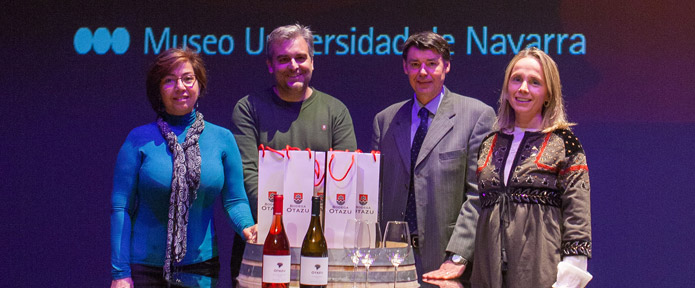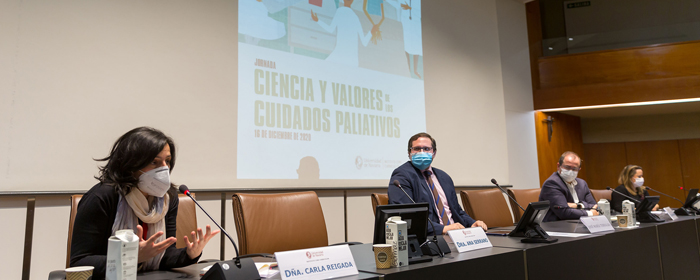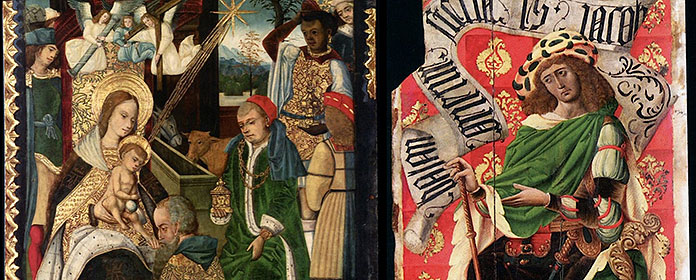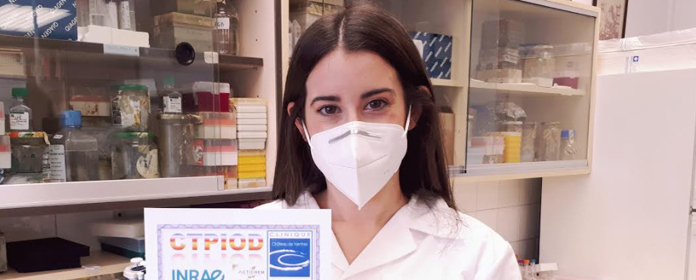The Museum schedules two literary tastings, a pairing between wine and the characters of Don Quixote to celebrate the 4th centenary of the death of Cervantes
The Museum celebrates the first of two literary wine tastings "The wines of Don Quixote", scheduled within the cycle "Classics in the Museum".

The Museum celebrates the first of two literary wine tastings "The wines of Don Quixote"programmed as part of the "Classics at the Museum".
The second edition of the annual theater series "Classics at the Museum" expands its proposal with medium and large format theater performances for all audiences, dramatized readings, and lectures. A journey with the five senses to the heart of classical theater. Nine activities have been programmed: two conferences, five theatrical performances and two literary wine tastings.
The tastings were held at the Museum on Sunday, November 13 at 12 noon and on Saturday, November 19 also at 12 noon. At the same time, art workshops were scheduled for children from 3 to 11 years old, so that all members of the family could find a suitable activity on those days.
Professor Carlos Mata, researcher and secretary of the GRISO (group de research del Siglo de Oro) of the University of Navarra, and José Luis Ruiz, director technical and winemaker of Bodega Otazu, related the characters of the universal novel with the reds, rosés and whites, thus highlighting the identity and particularity of each wine with the historical stage of the Spanish Golden Age and the characteristics of each character. Thus, the Otazu Premium Cuvée 2012 became Don Quixote, the Otazu Chardonnay 2015 became Sancho Panza and the Otazu Merlot Rosé 2015 became Dulcinea.
As Professor Carlos Mata explained, "The white personifies Sancho Panza, the character who has the most common sense and acts as a counterbalance to the madness and ideality of Don Quixote. He is the one most closely related to wine because, among other things, he comes from a lineage of wine tasters. Dulcinea, represented by rosé wines, is the lady of thoughts, a character idealized by Don Quixote and represents the quintessence of love. The protagonist of the novel, Don Quixote, is extremely complex and his personality presents contradictions and many facets; he is the great creation of Cervantes. Red wine is the wine of vigor, energy, flavor and strength, which is why it suits the character so well".
"Wine is a product to socialize with others and what better conversation topic than Cervantes and the presence of wine in his work. The tasting will be very entertaining, entertaining and participatory, because to enjoy this drink you don't need to be an expert. I will take the opportunity to break many myths," said José Luis Ruiz.
The tasting lasted approximately 50 minutes and was divided into three parts. The first part introduced the Spanish historical period of the Golden Age and the role of wine from antiquity to the present day. The second part introduced the novel, its plot and structure, and explained the history of the Señorío de Otazu, which has existed since medieval times, as well as the origin of wine tasting. Finally, the tasting itself was followed by a tasting in which the wines will be related to Don Quixote, Sancho Panza and Dulcinea, and the color, aroma and taste of the wine will be analyzed.
This activity is the result of a partnership between the Museum, the group de research del Siglo de Oro (GRISO) of the University of Navarra and Bodega Otazu. The GRISO is a group of research founded in 1990 by Ignacio Arellano, which brings together researchers from the University of Navarra and other associates from different universities. Its research highlights the project Cervantes 2011-2017, Calderón's autos sacramentales, or the complete works of Tirso de Molina. For its part, the Otazu Winery, located on the Etxauri crag, has revived the art of making wine, which was made on the lands of the Señorío de Otazu in the 15th and 16th centuries. In 1840, a new French-style winery was built with a capacity of 200,000 liters in oak vats. In 1998, the winery was remodeled and expanded. Bodega Otazu's project has not stopped growing since then: expanding its land, obtaining the Protected Designation of Origin (PDO) Pago de Otazu, inaugurating the Otazu Wine Museum in the old French-style winery and reinforcing its technical team.




